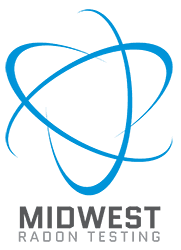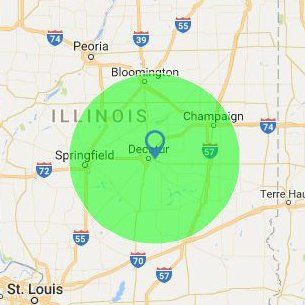Residential Testing
Professional Residential Radon Testing
All types of buildings (homes, offices, schools, etc.), new or old, can have high indoor radon levels. However, the greatest exposure risk to you and your family is usually at home, where you spend most of your time. You may be exposed to radon for many years without ever suspecting its presence.
The US EPA strongly recommends taking further action when a home’s radon test results are 4.0 pCi/L or greater. The higher the home radon level, the greater the health risk.
It is recommended to test homes for radon every two years and during real estate transactions. A licensed professional will evaluate your home and place devices according to EPA and state guidelines. The duration of testing is 48-96 hours, and closed-building conditions will need to be maintained 12 hours prior to and during the test. A detailed report of the results will be provided the same day devices are retrieved.
We will walk you through the entire process, answer any questions you may have, and provide assistance with next steps if your home has an elevated radon level of 4.0 pCi/L or higher.
All residential new construction is now required to have passive radon systems built into the home. This may reduce the radon level of the home, but the only way to be certain is by testing. If the levels are above 4.0 pCi/L with a passive system in place, the system can be easily modified by adding a fan that will actively draw the gas from the home and lower the radon level.
Call
217-413-0221
for a FREE Phone Consultation.
Professional Testing With the Latest Technology
Reporting Is Available the Same Day We Pick Up Your Test
Family Owned and Operated


